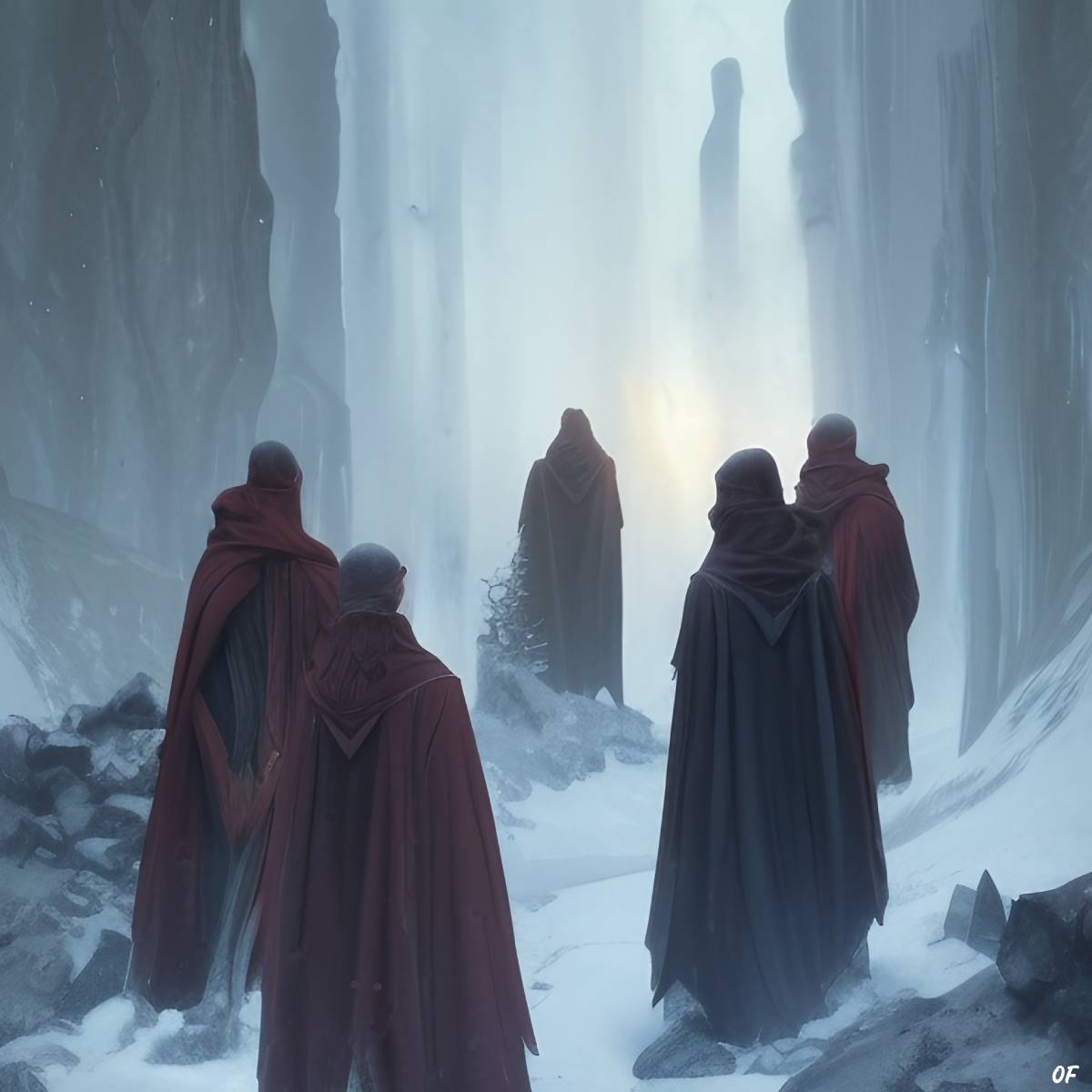Deep in the heart of Iceland’s rugged, wintery wilderness, whispers of a secret society of elves known as the huldufólk have long been passed down from generation to generation. These strange, crafty beings, hidden from human sight, are said to possess extraordinary powers and live among us, in a parallel world just beyond our reach. But who are they, and what secrets do they hold? Are they mere folklore, or is there something else to all those stories about them?
Join us as we take a journey into the mysterious world of the huldufólk, uncovering the rich history and cultural significance of these unattainably curious creatures—these charming and beloved remnants of some more magical days of yore!
Iceland, a land of supernatural beings
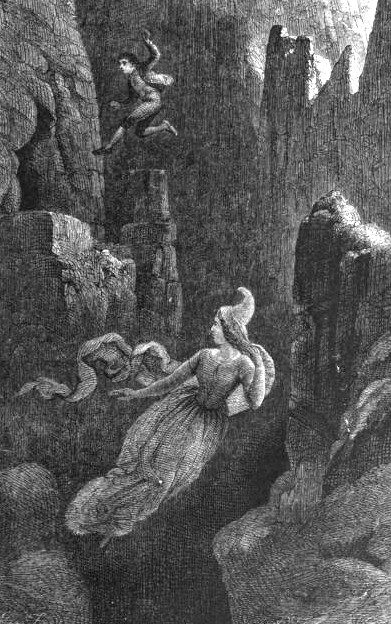
Elf houses in the rock and figures painted on a lava field. Tiny doors, gates, and elf-crossings are standing side-by-side with cars, shops, and pavements. While this might sound like something out of a children’s fantasy book, facilities for elves and “hidden people” in human towns are a perfectly normal occurrence in the North Atlantic nation of Iceland!
Indeed, according to a 2007 survey conducted by Terry Gunnell, head of folkloristics at the University of Iceland, some 56% of Icelanders believe that elves are real, underlining (as Gunnell writes) “that Icelanders are as open to the possibility of their existence as the people in the west of Ireland are to the fairy folk, for example.”
Iceland boasts rich folklore dating back to the Viking era, with a catalog of mythical creatures, including everything from fairies and gnomes to Yule Goats and child-eating Christmas cats. Nevertheless, elves—and elfish creatures of all kinds—are by far the most well-known and respected of all the supernatural beings that are said to call Iceland home.
One variety of these mysterious, rock-dwelling beings is the huldufólk, or “hidden people,” who are said to be able to move between the human and elf dimensions. Though they are usually invisible, Iceland is awash with legends of those who claim to have met or befriended some of their elusive compatriots.
Elves and huldufolk
First things first, let’s talk about the different types of elves in Icelandic (and also Faroese) folklore and see where the huldufólk fit in.
The most prevalent image of elves—little beings with pointy ears and colorful clothes—is actually not that far from how Icelandic elves are depicted in most myths and legends. That said, there are actually many different varieties of elves—rock elves, tree elves, meadow elves, flower elves, house elves—each of which have their own distinct characteristics, abilities, and personalities.
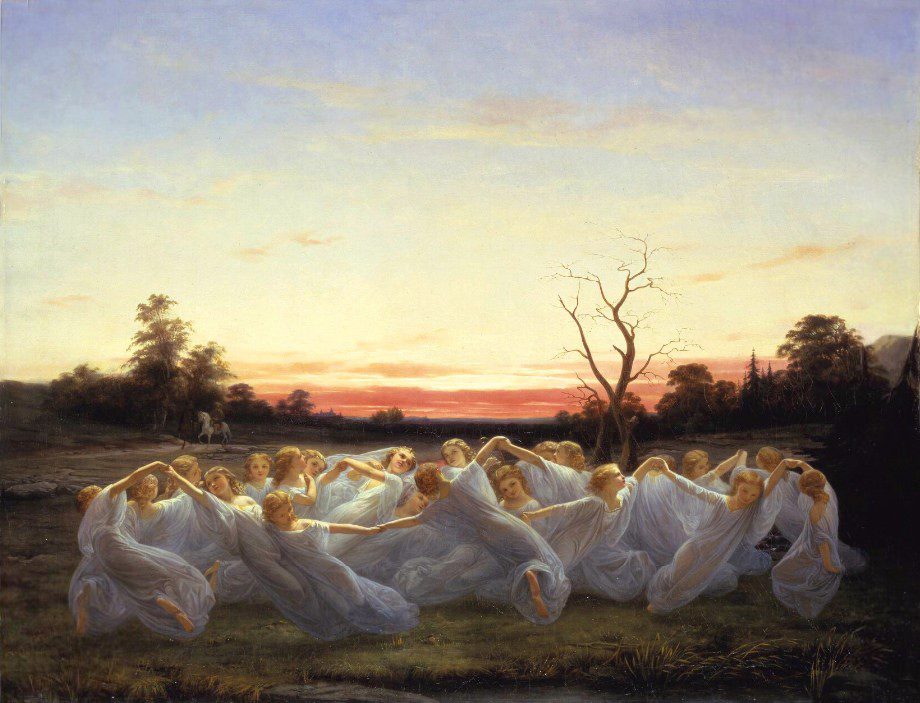
What distinguishes the huldufólk from the rest of the pack is that they aren’t really small, and that they look exactly like humans, their convex philtrum being the only distinctive feature that sets them apart from us. Just like most other elves, the huldufólk are said to live in harmony with nature, and are known for their strong connection to the land and fierce protectiveness of their homes.
Notably, it’s also believed that the huldufólk live in a parallel world inaccessible to humans, and that they can jump between dimensions, making themselves visible at will. This parallel world is sometimes called Álfheimr, or the Land of the Elves, and it’s commonly presumed that the door or passage that connects it to our world can be found in nature, such as in rocks, hills, and caves. Hence, all those elf houses scattered around Iceland.
Children of Adam and Eve
There’s another thing that separates the huldufólk from the rest of the elves—namely, they also boast their own, distinct origin story. While many legends claim that some of the other elves were the native people of Iceland, being born from the rocks and lava fields in the days before Viking settlement, the hidden people are usually said to descend from Adam and Eve.
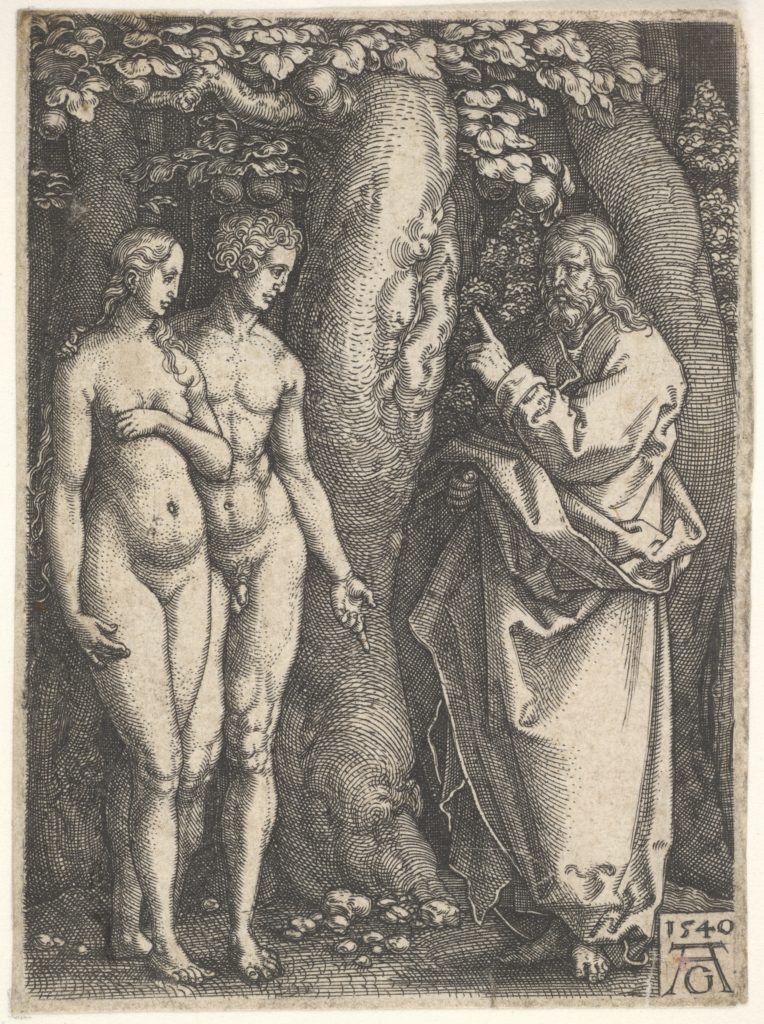
The story begins with Eve and her family receiving an unexpected visit from God himself. At the time of his arrival, Eve was in the process of bathing her children, so some were already clean while the others were still dirty from a day of playing outside. As a proud mother, she hid her unwashed children from God, and when he asked her if she had any other children, she replied that she didn’t.
As an all-knowing deity, God knew that she was lying and declared: “What man hides from God, God will hide from man.” From that day on, the hidden children of Eve became the hidden people, or the huldufólk, a separate, invisible race that lives among humans, but is hidden from human sight.
At some point, they decided to make Iceland their home, as they realized there were plenty of rocks and caves there for them to jump between dimensions. The fact that their human neighbors had a predisposition to believe in the fantastical must have come in handy too.
Icelanders and the hidden folk
Believers will tell you that Iceland is home to thousands of elves and members of the huldufólk. That’s why it’s important that people try their best to accommodate their supernatural neighbors, and help them navigate a world built for humans. Around the country (and particularly in the town of Hafnarfjörður, which is said to be the main hub of elf activity), it’s common to see tiny doors placed on the faces of rocks or boulders, which are said to be able to help elves and huldufólk access their burrows in the stone.
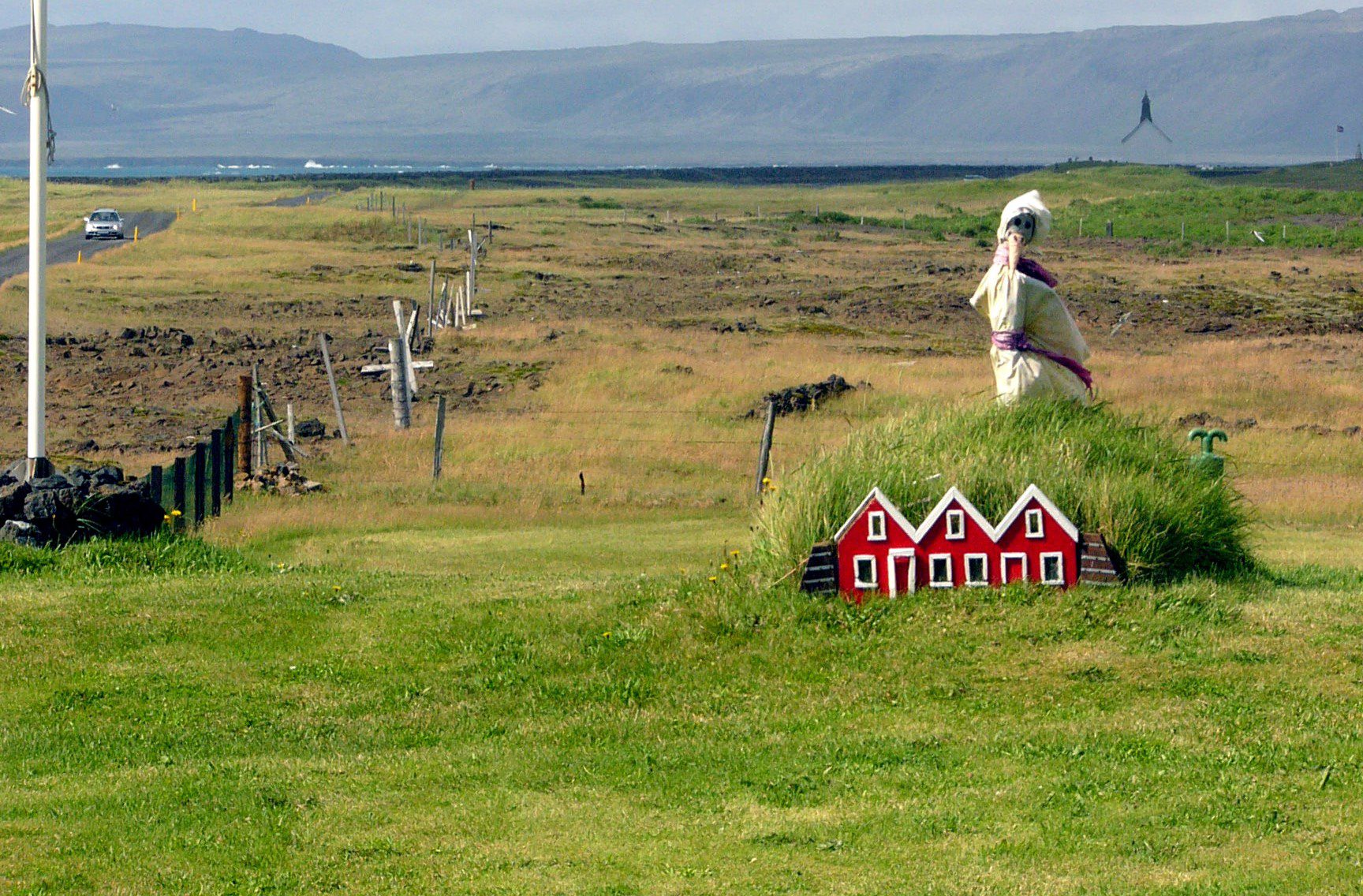
There are also certain times of the year when Iceland’s non-human inhabitants are particularly at the forefront of the public’s mind. Elves and huldufólk are said to move to new locations on New Year’s Eve, so many people choose to leave food and candles in their windows or gardens to help them find their way. It’s also believed that on this day, elves may sometimes take up residence in sheds or barns, where they’re notorious for holding wild parties and causing mayhem for their human neighbors.
This isn’t where the interaction between the hidden people and Icelanders ends. As well as humans approaching elves to offer or ask for help, the same can be true the other way around. For example, it’s often said that anyone standing at a crossroads on Jónsmessa, Midsummer’s Night, will be approached by an elf or a hidden person, offering them gifts beyond their wildest dreams. Those who take the bait will fall victim to misfortune before the year is out. However, those who resist will be treated with great rewards, far more meaningful than the material offerings originally presented.
Contemporary Icelandic folklore
Every culture has its own folklore, but it’s quite rare to find such a rich, living storytelling tradition as the one surrounding Iceland’s elves. Unlike most worlds of myth and legend, the one of elves and huldufólk continues to flourish today, as new stories and experiences are constantly being told.
Moreover, it seems that the country’s hidden inhabitants have evolved to live in our contemporary society. Commonly told huldufólk stories range from the medieval to the modern, with present-day sightings reporting huldufólk standing in supermarket queues, driving cars, or even riding busses.
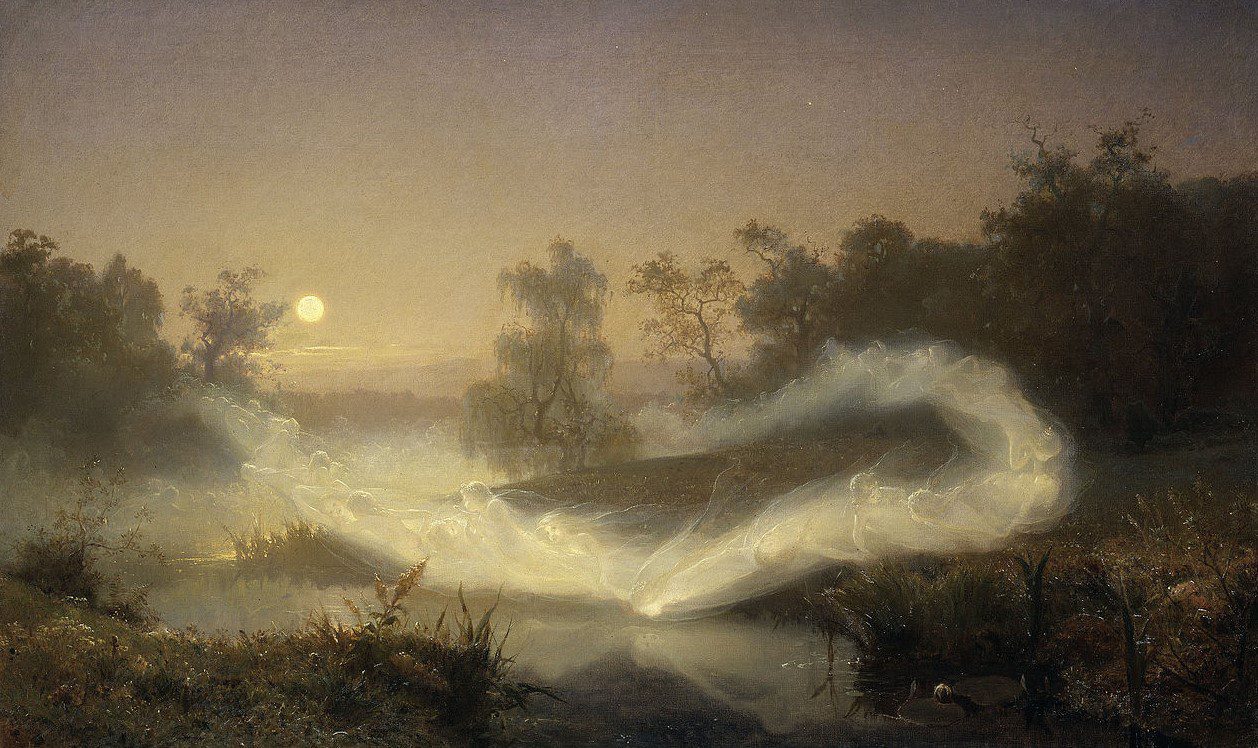
One man at the forefront of keeping elfin mythology alive and growing is Magnús Skarphéðinsson, headmaster of the Reykjavik Elf School. Though he has never seen an elf or a hidden person himself (he says that if they showed themselves to him, he’d never leave them alone!), he’s recorded the experiences of over 900 Icelanders who say they have.
Of this number, around 75 say they’ve struck up a personal friendship with an elf or a hidden person, and 35 claim to have been invited into an elf’s home! Despite his lack of a personal encounter, Skarphéðinsson is among the around 9% of Icelanders who believe that the existence of elves is a dead certainty, as he’s heard so many credible stories from people that he knows and trusts.
The Elf Lobby and the Fight for Iceland’s Hidden Realms
When elves and huldufólk make international headlines, it’s often to do with elf supporters protesting new construction projects where it’s said that elves and huldufólk live. Famously, in 2013, the “Elf lobby” (as named by foreign press outlets) stopped construction on a new highway, nicknamed “Elf Hill Road,” claiming it was an important habitat for huldufólk.
This wasn’t the first time concerns over elves had affected proposals for infrastructure development in the Icelandic countryside. In 2004, American aluminum producer ALCOA was reportedly forced to halt construction of a smelter until after an independent survey had inspected for huldufólk ruins.
It should be noted, however, that many sources question the validity of these claims, especially in Iceland. An even bigger issue than their veracity is the fact that when these stories make the international papers, the protesters are often portrayed as quaint lunatics getting worked up over some fairy tale. There is, of course, more to the story than this.
A land alive with magic
Terry Gunnell, who has written extensively on the subject, argues that the belief in elves and other mythological creatures among Icelanders is an expression of their desire to preserve the natural landscape of their country.
He points out that Iceland is a place where natural phenomena such as earthquakes, volcanoes, waterfalls, geysers, lagoons, and the northern lights are constant reminders that the land is alive, living its own, secret life. According to him, the stories of hidden people and their habitats reflect an understanding that the land must be treated with respect.
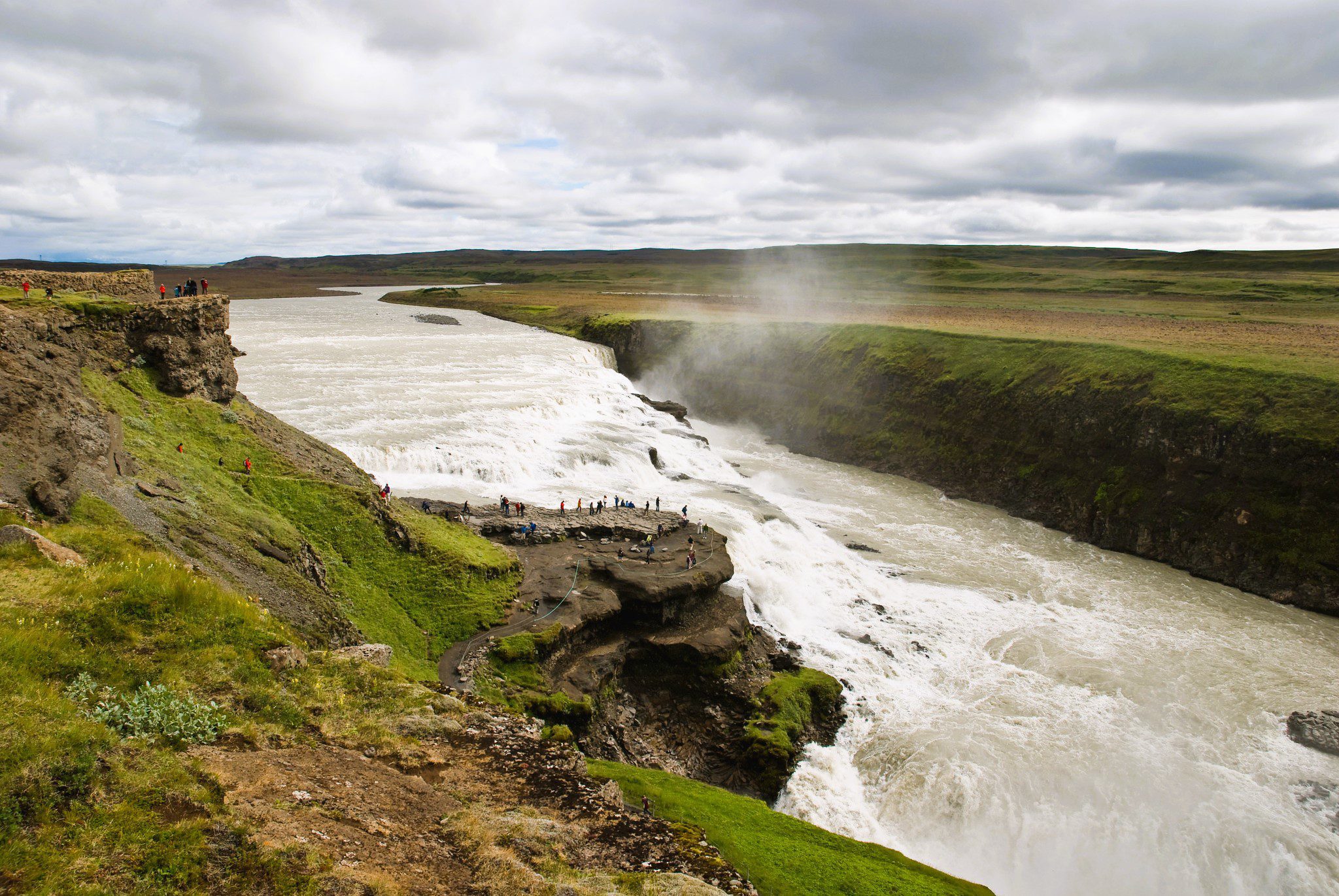
Magnús Skarphéðinsson takes this a step further, positing that the belief in elves in Iceland is connected to a broader cultural belief in the importance of faith and myth in society. He claims that without these beliefs, society would be vastly different and that the Enlightenment, in its quest to promote rationality and science, had a detrimental effect on society as a whole, as it killed faith, “one of the glues that keep civilization together.”
In other words, respecting elfin homes is not just about preserving a quirky cultural tradition, but also about preserving the environment, as well as the connection between Icelanders and their land, their cultural heritage and identity. With this in mind, it’s no wonder that environmental groups protested alongside the so-called “Elf Lobby”: for many, respect for elves goes hand-in-hand with respect for the environment.
The Elves industry
As Iceland’s tourism industry grows, a burgeoning “elf industry” has attracted criticism from some concerned Icelanders who argue that local cultural beliefs should not be commercialized for tourists. Souvenir shops, huldufólk tours, and even the Elf School itself have to balance a fine line between presenting Icelandic mythology to visitors and exploiting the country’s culture for profit.
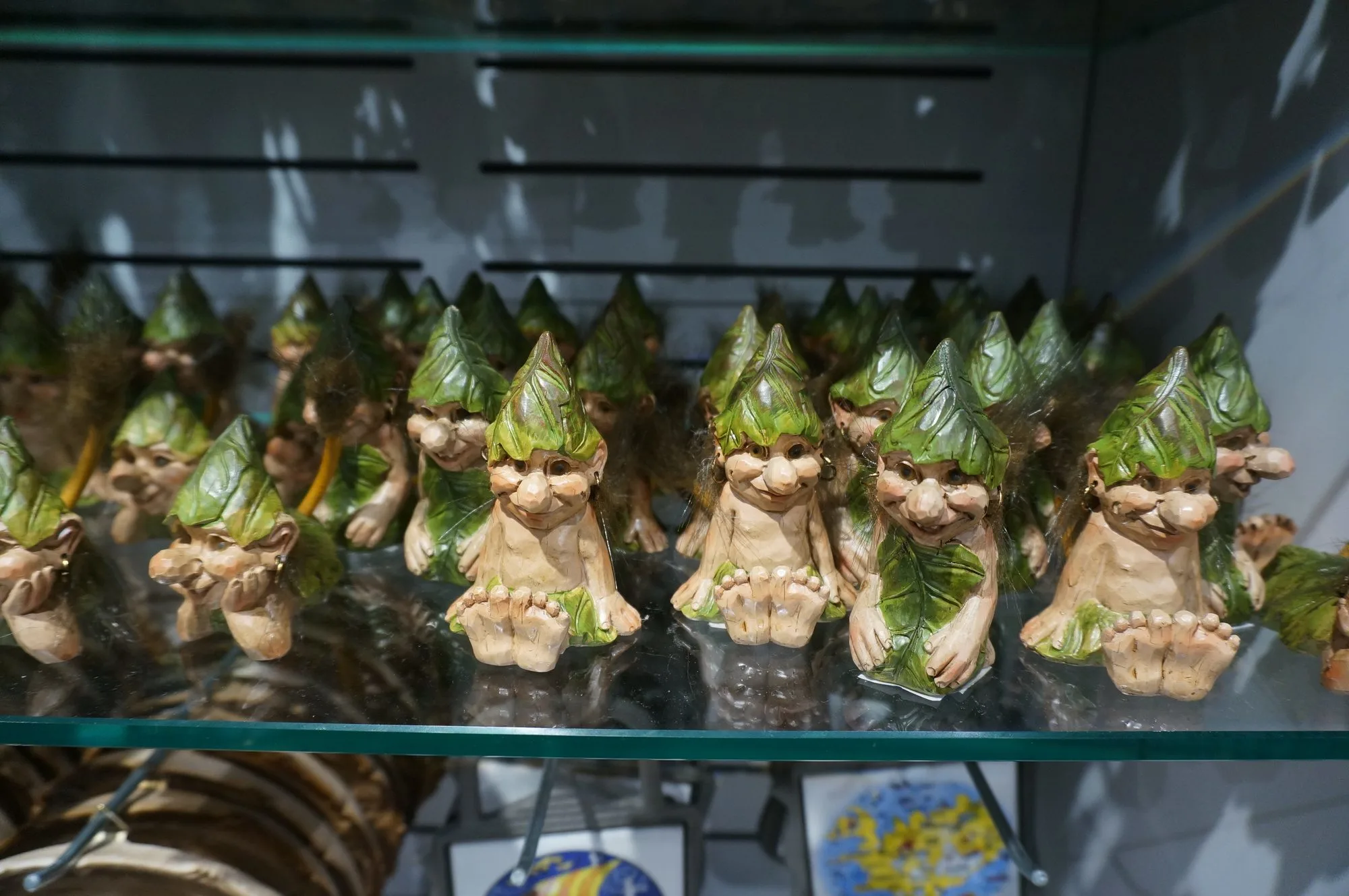
To keep elf culture pure, there’s a common understanding within the tourism industry that elf souvenirs should be high-quality and Icelandic-made. One shopkeeper interviewed for a 2015 documentary reported that tourists often ask for more elf or hidden people-themed souvenirs. Still, she thinks it would be inappropriate to stock the cheap, plastic figurines that are often seen in other destinations worldwide.
Elves are important to Icelanders, and whether they are actual believers, use elves as an allegory for the environment, or think it’s all just a made-up legend, this small country is determined to keep their folklore alive and thriving.

